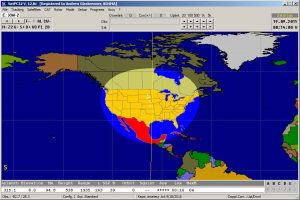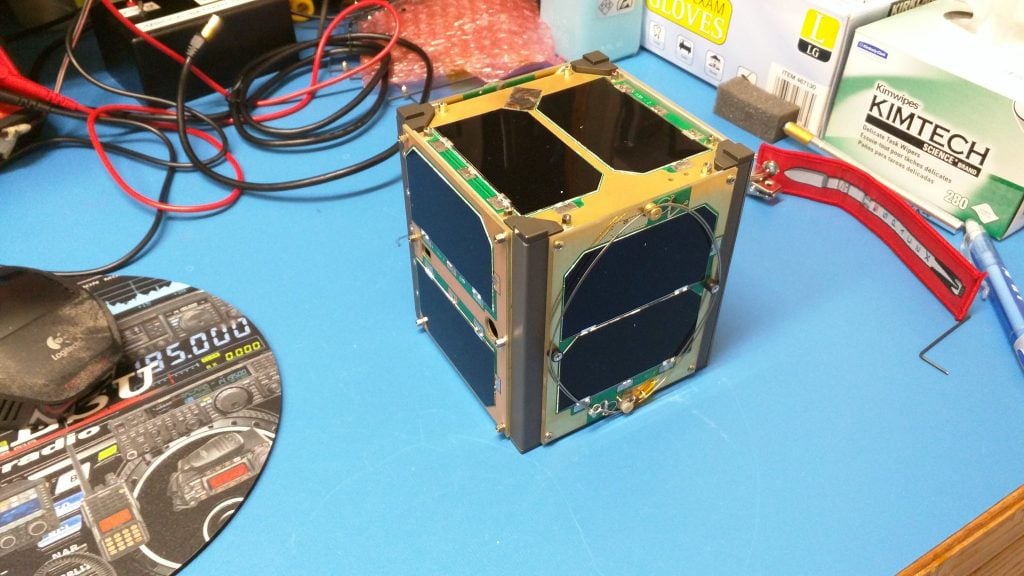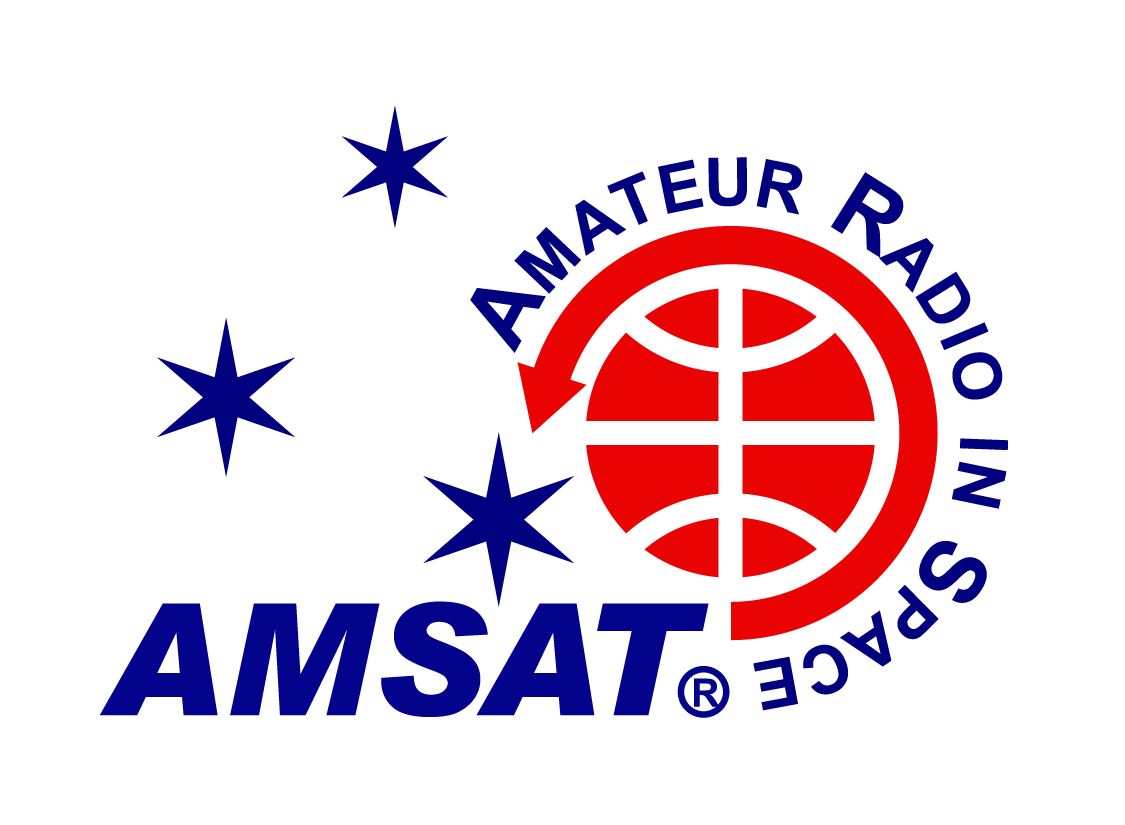SUCCESS! A multitude of satellites were heard on the first pass over the US!
Congratulations to CAMSAT and all parties involved!
Latest estimated keps:
http://www.amsat.org/wordpress/amsat/ftp/keps/current/nasa.all
From AMSAT-bb:
The launch postponed by one day due to technical reasons, will be at UTC
23:00:00 on 2015-09-19
Launch time: UTC 23:00:00 2015-09-19
The satellites will be separated from rocket at UTC 23:15:14 2015-09-19
73
Alan, BA1DU
The CAMSAT XW-2(CAS-3) cluster launch of 9 or more amateur radio satellites is  scheduled for 23:00Z on September 18th, 2015, or late afternoon/early evening Friday night in the US. The launch is on the maiden flight of the Long March 6 vehicle, from the Taiyuan launch complex.
scheduled for 23:00Z on September 18th, 2015, or late afternoon/early evening Friday night in the US. The launch is on the maiden flight of the Long March 6 vehicle, from the Taiyuan launch complex.
Satellite separation is planned for 23:15:14 UTC, and the first orbit has the cluster passing over the central US at approximately 00:05Z – 00:23Z  19SEP2015.
19SEP2015.
CAMSAT CEO Alan Kung, BA1DU provided preliminary keplerian elements for the launch via AMSAT-BB:
XW-2
1 99999U 15261.96885740 .00004980 00000-0 28369-3 0 00000
2 99999 097.4712 269.8396 0010382 266.0521 270.6645 15.12847582000010
Frequencies may be referenced from a PDF document also provided by BA1DU. Some satellite frequencies fall outside the international amateur satellite bandplan, so please be aware of local terrestrial users:
XW-2CAS-3 Sats
See also our previous post at http://www.amsat.org/wordpress/?p=4181
Alan Biddle, WA4SCA created a series of SatPC32 Doppler.sqf file entries for the known satellites. Please be aware that the individual satellite names may differ, and additional modification of the entries may be required to work with future or the above elements.
CAS-3A,145640,0,FM,,,0,Digital TLM
CAS-3A,145660.0,0,USB,,0,CW Beacon
CAS-3A,145675.0,435040.0,USB,LSB,REV,0,0,Transponder
CAS-3B,145705,0,FM,,,0,Digital TLM
CAS-3B,145725.0,0,USB,,0,CW Beacon
CAS-3B,145740.0,435100.0,USB,LSB,REV,0,0,Transponder
CAS-3C,145770,0,FM,,,0,Digital TLM
CAS-3C,145790.0,0,USB,,0,CW Beacon
CAS-3C,145805.0,435160.0,USB,LSB,REV,0,0,Transponder
CAS-3D,145835,0,FM,,,0,Digital TLM
CAS-3D,145855.0,0,USB,,0,CW Beacon
CAS-3D,145870.0,435220.0,USB,LSB,REV,0,0,Transponder
CAS-3E,145890,0,FM,,,0,Digital TLM
CAS-3E,145910.0,0,USB,,0,CW Beacon
CAS-3E,145925.0,435280.0,USB,LSB,REV,0,0,Transponder
CAS-3F,145955,0,FM,,,0,Digital TLM
CAS-3F,145975.0,0,USB,,0,CW Beacon
CAS-3F,145990.0,435340.0,USB,LSB,REV,0,0,Transponder
CAS-3G,145475,0,FM,,,0,Digital TLM
CAS-3G,437950,0,FM,,,0,Digital TLM
CAS-3H,437200.0,0,USB,,0,CW Beacon
CAS-3H,144390.0,144390.0,FM,FM,NOR,0,0,APRS
CAS-3H,437225.0,144350.0,FM,FM,NOR,0,0,FM VOICE
CAS-3I,437000,0,FM,,,0,Digital TLM
Good luck to CAMSAT on the launch, and please send reception reports to [email protected] or #amsat on Twitter.




